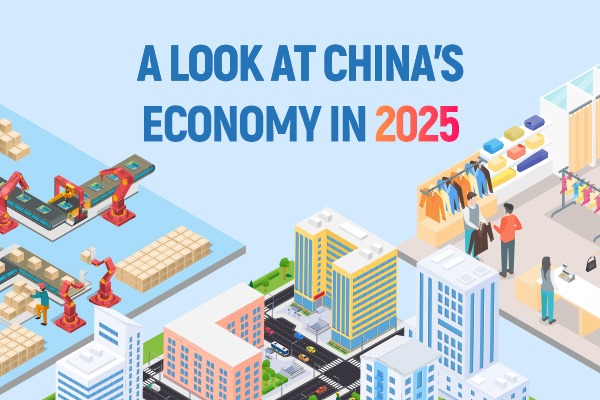Quant trading sees substantial growth, gives new twist to A-share market


One of the new buzz-phrases that started making the rounds in the Chinese financial sector last year was "quantitative trading" or simply quant trading. It means machines rather than human beings make all the trading decisions. Not everyone in the Chinese stock market is familiar with the phrase though.
In quantitative trading, a trading model is built by people first. And that is where the role of humans ends. Once built, the model can perfect itself with all the "fancy" technologies like computer programs, deep neural networks, algorithms or deep machine learning.
The model can evaluate the market and generate a list of trading orders. Although traders and analysts will refer to massive data and reports before they make any decision, human beings still take the leading role under such circumstances and quantitative trading cannot be applied in such cases.
Consensus among many industry insiders is that the year 2021 ushered in the new era of quantitative trading in China. According to Shenzhen Rongzhi Investment Consultant Co, there were only 10 Chinese quantitative trading-focused private equity funds with average assets under management-AUM-of 10 billion yuan ($1.6 billion) at the end of 2020. The number had nearly tripled to 28 at the end of last year.
Meanwhile, 726 new quantitative trading-focused fund products were issued on average every month in 2021, according to Shenzhen Rongzhi.
International giants have also noticed the recent moves in China and related mappings have been made in their operations.
For instance, Chicago-based world-leading hedge fund Citadel LLC registered a new operation in Shanghai in early November. In early December, the world's largest hedge fund Bridgewater Associates, boasting $223 billion in AUM as of November 2021, registered a batch of 30 products with the Asset Management Association in China. The world's largest commodity trading advisory company Winton Capital registered two new products with AMAC in November and December, respectively.
The job market is always the right barometer to refer to. According to Jonathan Billow, a consultant from multinational financial recruitment agency Selby Jennings, an unprecedented rush for quantitative trading specialists-Wall Street calls them "quants"-was seen in North Asia in 2021, mainly due to the expansion of hedge funds and prop trading firms in the region. Such heat is expected to carry on this year.
As Billow further explained, the majority of their clients plan to expand their China businesses. This trend has been more noticeable after China's financial opening-up was accelerated in 2020.
The generous compensation packages have also reflected institutions' urgent need for such talent. A candidate with a doctoral degree in quantitative trading-related sectors may command an annual salary of 1 million yuan in the very first year after graduation, according to Selby Jennings.
While wages have been tantalizing, the less-than-stellar performance of quantitative funds since September last year will leave a question mark in the minds of many investors. At least 57 percent of the quantitative funds saw their profits contract after Aug 31, with the biggest contraction coming in at 12.38 percent in the last four months of 2021. Some 30 quantitative funds with 10 billion yuan in AUM released new products in January, but their average loss came in at 5.15 percent in the first month.
Experts from Guotai Jun'an Securities explained that most of the losses were reported by quantitative funds that seek abnormal profits based on the benchmark IC 500 index. It was easier for them to make money from January to August last year as the mid-cap energy companies were the major pillar of the A-share market performance, whose trend was quite clear. But the market fluctuated more significantly from September to December. It was thus more difficult for institutions to build their model on a specific industry or style.
However, the proliferation of quantitative trading is proof of growing maturity of the A-share market, experts from Shanghai-based Gopher Asset Management said. Data in the public domain showed that there were 149 trading days, with the daily trading volume exceeding 1 trillion yuan in 2021, setting a new record. The large daily trading volume is the prerequisite for quantitative trading, especially for high-frequency trading, a major trading model under quantitative trading, said Gopher experts.
According to Wang Hengpeng, partner of Beijing-based Joint Quant Investment, quantitative trading accounts for 20 to 30 percent of all trading activities in the A-share market while the rate approaches 70 percent in the United States.
"A major reason for the US stock market's slow and long-lasting bullish performance over the past decade is the investor structure. The bigger role played by institutions and quantitative funds can make market prices reach a reasonable level and mitigate market volatility. We can see that over the past three years, the bigger share taken by institutions in the A-share market has helped lower market volatility," Wang said.




































